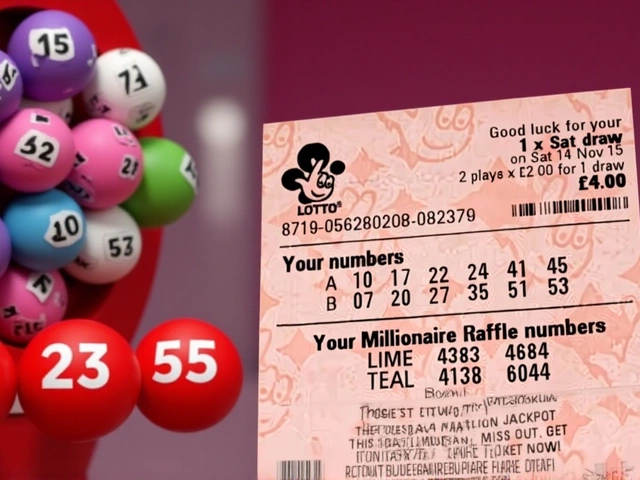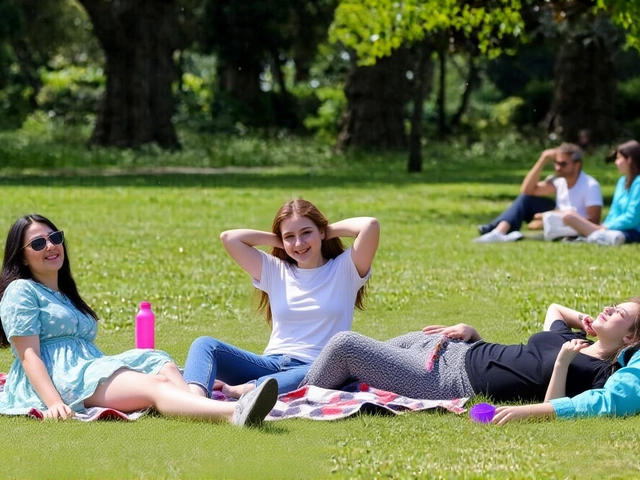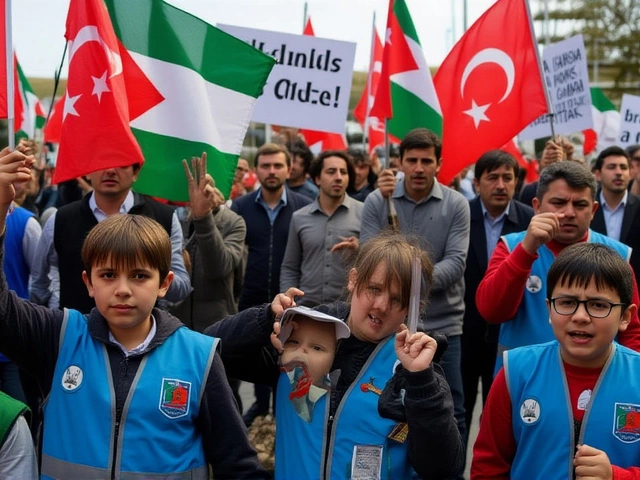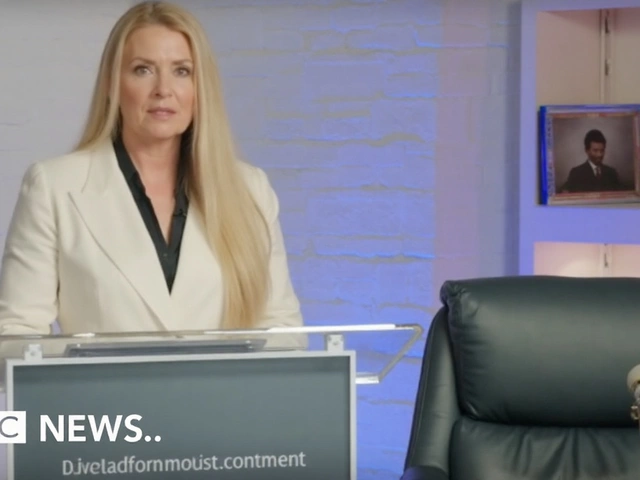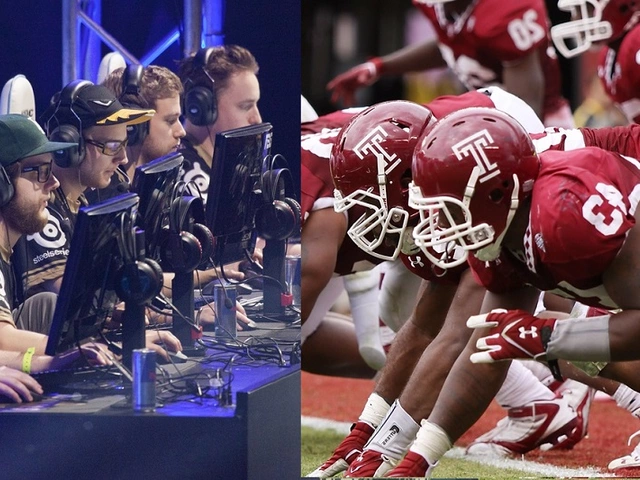Sports Rivalry: What Fuels the Heat on the Field
When we talk about sports rivalry, the fierce, ongoing competition between two teams, clubs or athletes that sparks debate, loyalty and bragging rights. Also called a derby, it often drives fan culture, the rituals, chants and social media storms that surround a rivalry and can shape regional pride, the sense of identity a city or county gets from its team’s success. In short, a sports rivalry isn’t just a game – it’s a story that lives in the stands, the pubs and the headlines.
One clear semantic triple here is: sports rivalry encompasses historic matchups. Another is fan culture amplifies the intensity of a rivalry. And a third: regional pride often decides which side the local community backs. These connections help you see why a single contest can feel like a battle for a town’s soul.
Why Sports Rivalries Matter
First off, rivalry games boost attendance. A regular league fixture might pull a few thousand fans, but a derby can fill a stadium and sell out in minutes. That surge isn’t just about tickets; clubs earn more from merch, food, and broadcasting rights. Second, rivalries create memorable moments. Think of a last‑second goal that decides a championship or a controversial call that stays in a supporter’s memory for decades. Those moments fuel future narratives, keeping the rivalry fresh year after year.
From a player’s perspective, rivalry pressure can sharpen performance. Athletes often say they train harder when they know a rival is watching. Coaches use that extra edge to experiment with tactics, which can lead to tactical revolutions that spread across the sport. So the rivalry isn’t only a fan spectacle – it’s a catalyst for evolution on the pitch.
Our collection of posts reflects this breadth. You’ll find pieces on historic rivalries that shaped national leagues, deep dives into local derbies that divide neighborhoods, and analyses of how fan culture turns a simple match into a cultural event. There’s also coverage of how media coverage magnifies every controversy, turning a single foul into a headline that lasts weeks.
Looking at the data, several themes pop up: the role of media, the emotional investment of supporters, the economic boost for clubs, and the strategic adjustments coaches make. Each theme represents a sub‑entity of the main rivalry concept – think of them as the building blocks that make a rivalry more than just a game.
Beyond the stadium, rivalries influence local businesses. Bars near the stadium see a spike in sales on derby days, and local brands often sponsor rivalry‑specific merchandise. That economic ripple shows how a sports rivalry can be a community catalyst, linking sport to everyday life.
So whether you’re a seasoned supporter, a player looking for that extra edge, or a club manager planning the next big match, understanding the layers of a sports rivalry gives you a strategic advantage. It helps you predict fan behavior, plan marketing pushes, and even scout talent that thrives under pressure.
Below you’ll discover articles that break down famous rivalries, explore the psychology behind fan loyalty, and offer practical tips for clubs to harness rivalry energy. Each piece adds a new piece to the puzzle, showing how sport, culture, and economics intertwine in the world of sports rivalry.
Why is the LA Lakers-Boston Celtics rivalry the best in sports?

The LA Lakers and Boston Celtics have a storied rivalry that dates back to the 1960s. The two teams have met in the NBA finals 12 times, with the Lakers winning nine of those matchups. The rivalry is not just based on the number of championships won, but also on the personal battles between the teams' stars. The Lakers and Celtics have featured some of the greatest players in NBA history, such as Magic Johnson, Larry Bird, Kobe Bryant, and Kevin Garnett. The Lakers and Celtics continue to battle for supremacy in the NBA, and their storied rivalry is regarded as the best in sports.
Categories
RECENT POSTS
£11.4 Million UK Lotto Jackpot Rolldown Boosts Winners on July 26, 2025
The £11.4 million UK Lotto jackpot rolled down on July 26 2025, upping prizes for 1.6 million winners, while the Thunderball draw hit a £500,000 top prize.
UK Clocks Jump Forward March 30, 2025 – British Summer Time Begins
The UK shifts to British Summer Time on 30 March 2025 and reverts on 26 October, affecting millions. History, impact and future plans explained.
Greta Thunberg alleges abuse as Israel deports Gaza aid activists
Activists from the Global Sumud Flotilla were deported to Istanbul on Oct 5, 2025, with allegations that Greta Thunberg suffered mistreatment in Israeli custody, heightening tensions over Gaza's blockade.
Charlie Kirk: Erika Kirk vows her husband's voice will remain after reported Utah campus attack
Erika Kirk delivered an emotional message after reports of an attack involving her husband, Charlie Kirk, at a Utah university. She vowed to carry on his mission through Turning Point USA and said his work to strengthen families would continue. Authorities say they are reviewing evidence and have made an arrest, but full details remain unconfirmed. Reactions poured in across conservative networks.
Why isn't eSports as accepted as active sports?
Hey folks, let's dive into this spicy salsa of a topic - Why isn't eSports as accepted as active sports? It's like trying to convince your grandma that your digital art is as real as her oil paintings! Well, the first hurdle is the physicality, or lack thereof. Traditional sports fans are often skeptical about watching folks play video games, missing the sweat and muscles flexing. But, let's not forget, eSports require serious mental gymnastics and finger dexterity! So next time you're defending eSports, flex those brainy biceps and remember, not all games need a ball and a field!
